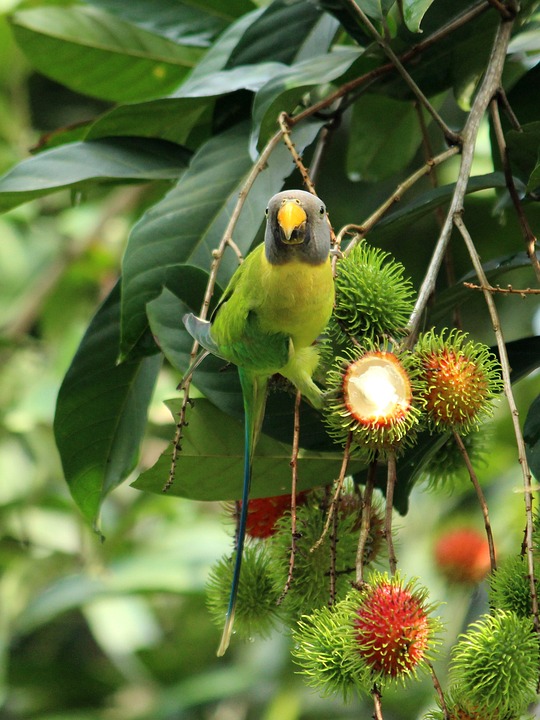Parrots are known for their vibrant plumage and ability to mimic human speech, but their sensitivity to environmental sounds is another fascinating aspect of their behavior. Understanding how parrots react to various sounds in their surroundings can provide valuable insights into their behavior and help owners create a stimulating and comfortable environment for their feathered companions. In this article, we will delve into the various ways parrots react to environmental sounds and provide tips on how to interpret their behavior.
Parrots are highly vocal creatures, and environmental sounds can trigger a range of vocalizations. They may mimic nearby sounds, such as telephone rings or doorbells, or respond with their own unique calls. Pay attention to the pitch, tone, and frequency of their vocalizations, as it can indicate their level of excitement, fear, or curiosity.
Parrots have a keen sense of hearing, and sudden loud noises can startle them. When exposed to unexpected sounds, parrots may exhibit a startle response, which can include fluffing up their feathers, widening their eyes, or quickly moving away from the source of the sound. This reaction is a natural defense mechanism and helps them assess potential threats in their environment.
Parrots are naturally curious creatures and often display investigative behavior when exposed to new or unfamiliar sounds. They may tilt their heads, focus their gaze, or move closer to the sound source to gather information about the sound. This behavior allows them to assess whether the sound poses any danger or if it is something they can ignore.
One of the most remarkable abilities of parrots is their talent for mimicry. Environmental sounds play a crucial role in their learning and vocalization skills. Parrots may imitate sounds they hear frequently, including household appliances, human speech, or melodies from the radio. Their ability to mimic sounds helps them communicate and bond with their human companions.
While parrots are generally resilient, constant exposure to loud or distressing sounds can cause stress and anxiety. Continuous exposure to high-pitched noises, such as construction work or excessive traffic, can disrupt their natural behavior patterns and even lead to health issues. It is essential to create a calm and quiet environment for your parrot, especially during periods of increased noise.
To determine if a sound is stressing your parrot, look for signs such as increased vocalizations, feather plucking, aggression, loss of appetite, or repetitive movements. These can indicate that your parrot is feeling stressed or anxious due to environmental sounds. If you notice these signs, provide your parrot with a safe and quiet space where they can retreat when they feel overwhelmed. Consider using soundproofing materials in their living area or playing calming music to mask loud noises.
Prolonged exposure to loud or distressing sounds can lead to chronic stress, increased hormone levels, and compromised immune function in parrots. It is crucial to minimize their exposure to such sounds to ensure their well-being. Additionally, parrots can be trained to associate specific sounds with positive experiences or rewards, helping them feel more comfortable and reduce stress when exposed to those sounds in the future.
Understanding how parrots react to environmental sounds is vital for their well-being and can deepen the bond between parrots and their owners. By observing their vocalizations, startle responses, investigative behaviors, and ability to mimic sounds, we can gain valuable insights into their behavior. Remember to provide a calm and quiet environment for your parrot, and if necessary, seek professional advice to ensure their emotional and physical health.









